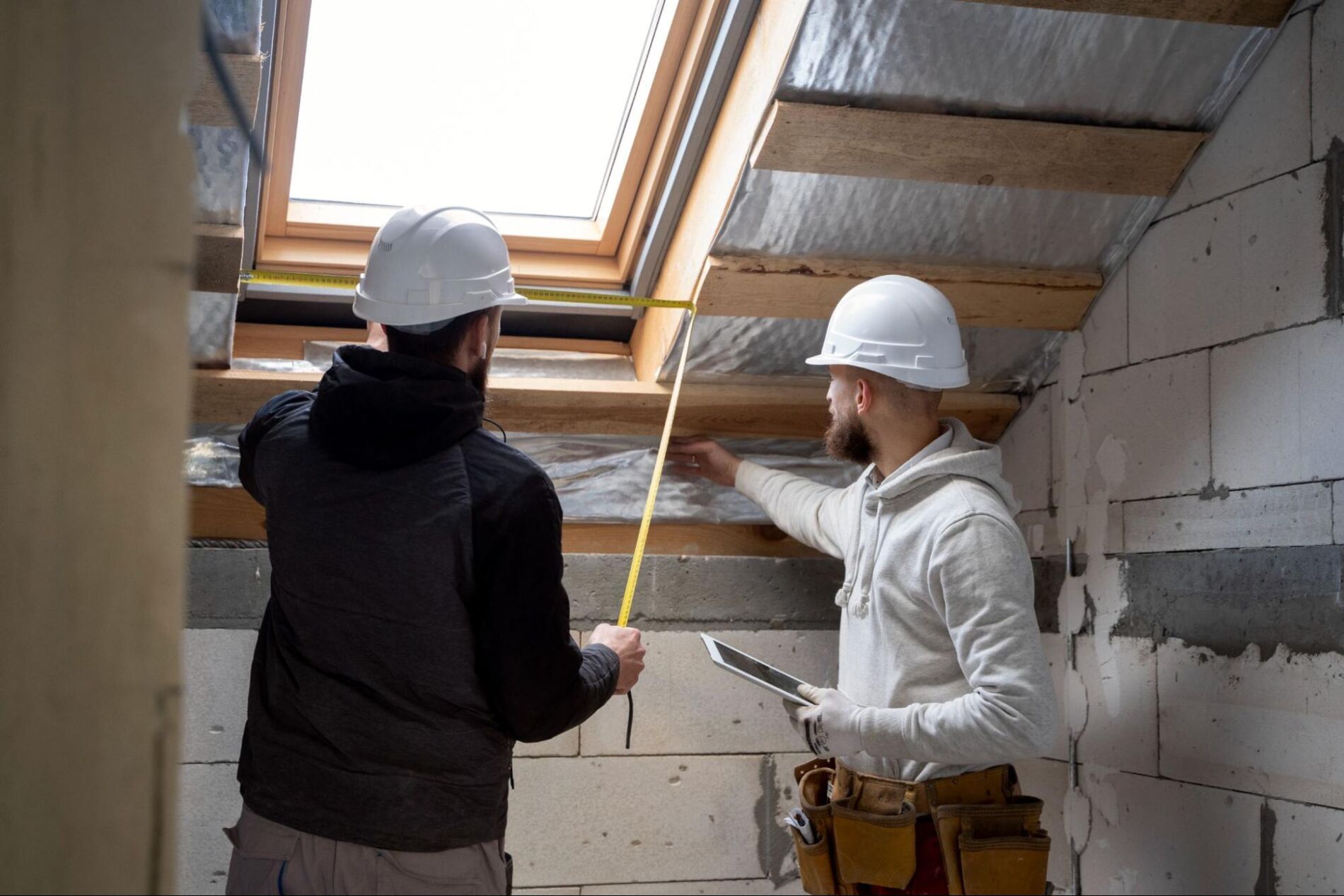As a concerned homeowner, you may be wondering: how long does insulation last? Home insulation is essential to any home’s energy efficiency and comfort. It helps regulate indoor temperature, reducing heating and cooling costs and keeping homes more comfortable year-round. However, just like every other part of your home, it will wear out and require replacement. In this article, we’ll discuss how long home insulation lasts and how we can help you with your needs.
Factors of Insulation Lifespan
The lifespan of home insulation largely depends on the type, installation quality, and environmental factors.
Fiberglass
It’s one of the most common types and can last for the life of the building, with no additional maintenance required, according to CertainTeed. However, factors such as moisture and pests can decrease the lifespan, leading to mold growth and reduced effectiveness.
Cellulose
Made from recycled paper and treated with chemicals to resist fire and pests, it can last 20-30 years. Still, this lifespan can be significantly shorter in areas with high humidity or moisture.
Spray foam
Spray foam, when properly installed and maintained, can last for the lifetime of a building or home, which can be over 50 to 80 years or more. The longevity is a result of its composition. The materials create a durable, moisture-resistant, and energy-efficient insulating barrier.
However, the actual lifespan of spray foam can be affected by factors such as the quality of the installation, the type of spray foam used (open-cell or closed-cell), and the environmental conditions of the building or home. Proper installation by a qualified professional and regular inspection for any signs of damage or degradation can help ensure that the insulation remains effective for its intended lifespan.
Signs Your Insulation Needs Replacing
If you need clarification on the age or condition of your home’s insulation, there are a few signs to look out for. One common sign is a noticeable increase in heating and cooling costs, indicating that your insulation is no longer effectively regulating your home’s temperature. Another sign is drafts or cold spots in certain areas of your home, which can mean gaps or breaks in the product or even mold growth which affects indoor air quality.
How Does Old Insulation Removal Work?
To upgrade your existing insulation, professional contractors recommend removing it first due to the possibility of mildew, mold, or rodent excrement. Old insulation removal typically involves a multi-step process carried out by professionals to ensure safety and efficiency. Here’s an overview of the process:
Assessment
Before starting the removal process, a professional contractor will assess the existing insulation to determine its type, condition, and scope of the removal work. They may also identify potential hazards such as mold, mildew, or asbestos.
Preparation
The contractor will prepare the work area by covering floors, walls, and any nearby belongings with plastic sheeting or drop cloths to protect them from debris. They will also install proper ventilation to maintain air quality and wear appropriate personal protective equipment (PPE).
Removal
The actual removal process will depend on the type of insulation being removed:
a. Batt or roll insulation
This type can be relatively easy to remove by hand or with specialized tools. The contractor will carefully roll up or fold the material and place it into disposal bags or containers.
b. Blown-in insulation
This option requires a specialized vacuum to suck out the loose material. The vacuum is connected to a large hose and a collection bag or container, which compiles the material for disposal.
c. Spray foam insulation
For these cases, the contractor may use hand tools and power tools, such as saws or grinders, to carefully cut and remove the foam material.
Cleanup
After the insulation has been removed, the contractor will clean up the area, guaranteeing that all debris is collected and disposed of according to local regulations. They will also remove protective coverings and ensure the space is ready for the new installation or other work.
Disposal
The old material will be disposed of following local regulations and guidelines, which may include recycling or particular disposal methods depending on the type of insulation.
Trust Your Home to the Insulation Experts
It’s essential to hire a professional insulation removal service, especially when dealing with materials that may pose health risks, such as asbestos or material damaged by mold or pests. Professionals are trained to handle these situations safely and efficiently.
If you’re wondering how long does insulation last or if you suspect that your home’s insulation needs to be replaced, it’s vital to contact a professional company. Licensed and experienced professionals can help you determine the age and condition of your current insulation and recommend the best course of action.
Our customizable services ensure home cost reduction, energy efficiency, and temperature stability. We are committed to delivering a professional, easy experience tailored to your goals and unique home needs.
Choosing the proper methods can be confusing, so if you’re wondering how to protect your home, book our free evaluation – it’s the most effective way to identify what steps need to be taken regarding your home’s insulation. Get in touch with us today to book yours! Or, if you have simple questions, check our FAQ page.
